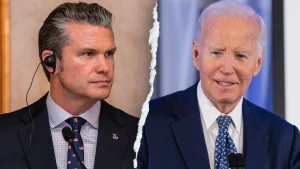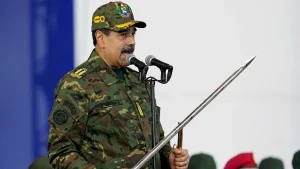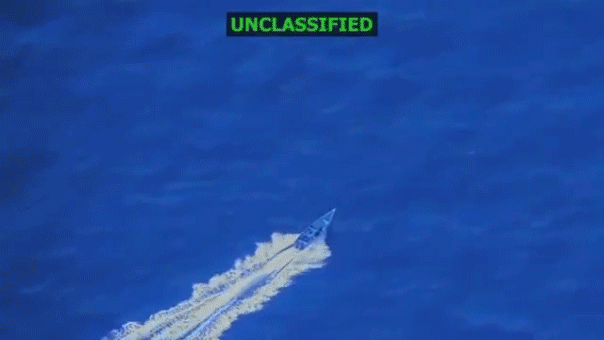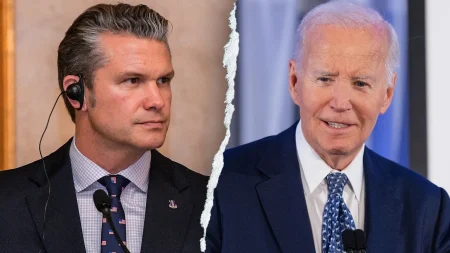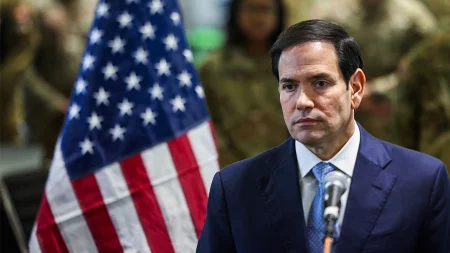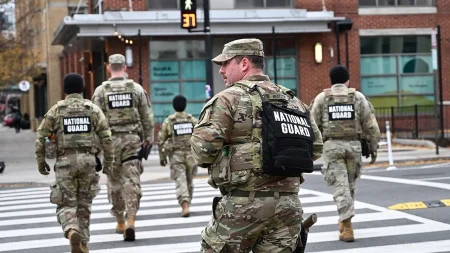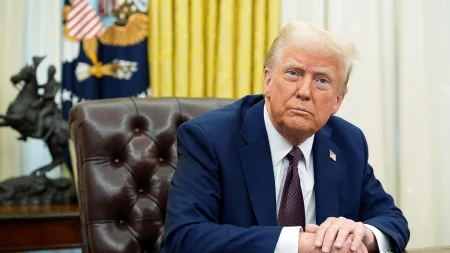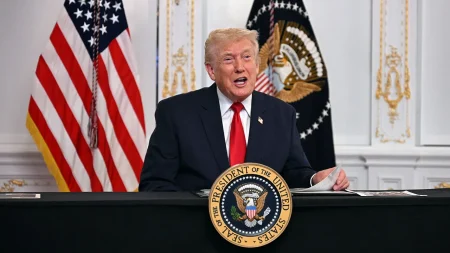Trump Administration Takes Strong Stance Against Drug Trafficking With Military Strike
In a decisive move against narcotics trafficking, Secretary of War Pete Hegseth announced that U.S. military forces conducted a lethal operation against a vessel off the Venezuelan coast. The strike, ordered by President Donald Trump, targeted a boat allegedly transporting substantial quantities of narcotics bound for American shores. According to official statements, the vessel was affiliated with organizations designated as terrorist entities by the United States government. The operation resulted in the deaths of four individuals aboard the vessel, while no U.S. personnel were harmed during the USSOUTHCOM (U.S. Southern Command) mission.
Secretary Hegseth provided justification for the military action on social media, emphasizing that the strike occurred in international waters near Venezuela’s coastline. He stated that military intelligence confirmed “without a doubt” that the vessel was engaged in narcotics trafficking, the individuals on board were categorized as “narco-terrorists,” and the boat was traveling along a recognized drug smuggling route. The operation appears to reflect an intensified approach to combating drug trafficking under the current administration, with Hegseth warning that similar strikes would continue “until the attacks on the American people are over.”
President Trump himself commented on the operation through his Truth Social platform, claiming the intercepted vessel contained enough drugs “to kill 25 TO 50 THOUSAND PEOPLE.” This characterization frames the military action not merely as an anti-drug operation but as a defensive measure protecting American lives from what the administration views as a serious national security threat. The language used by both Trump and Hegseth portrays drug trafficking as a direct attack on the American people, justifying the use of military force rather than conventional law enforcement approaches.
The operation represents a significant escalation in tactics used to combat narcotics trafficking, employing what was described as a “lethal kinetic strike” rather than the interdiction and seizure methods typically employed by law enforcement agencies. This approach raises questions about the evolving nature of America’s drug policy and the increasing militarization of anti-narcotics efforts, particularly in the Caribbean and waters near Central and South America. The direct targeting of a vessel with lethal force in international waters marks a potential shift in how the United States addresses drug trafficking organizations.
The geographic context of this operation is also noteworthy, occurring near Venezuela, a nation with which the United States has strained diplomatic relations. While the operation took place in international waters, its proximity to Venezuelan territory adds geopolitical dimensions to what is being presented as a counter-narcotics mission. The characterization of the individuals aboard as affiliated with “Designated Terrorist Organizations” further complicates the narrative, blending the war on drugs with counter-terrorism frameworks that typically authorize different types of military engagement.
As this situation continues to develop, questions remain about the specific intelligence that led to this operation, the exact organizations with which the vessel was allegedly affiliated, and whether this represents a new policy direction or an isolated incident. The administration’s framing of drug trafficking as a direct threat warranting military response signals a potentially significant shift in approach. The unequivocal language used by both Secretary Hegseth and President Trump suggests that similar operations may follow, indicating a possible new chapter in how America confronts the persistent challenge of drug trafficking and its impact on communities across the United States.
